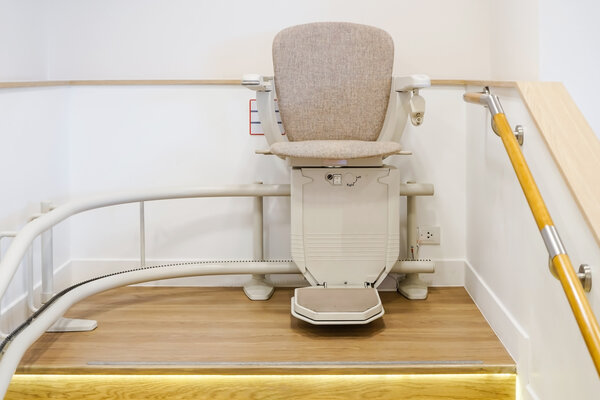As we get older or face mobility issues, it becomes increasingly important to ensure that our homes are accessible and convenient. One way to achieve this is by adding an elevator, which provides a safe and efficient way to move between different levels of your home. In this comprehensive guide, we explore the process of adding an elevator to your home, from assessing your needs to installation and maintenance.
Assess your needs
Before delving into the process of adding an elevator, it is critical to assess your specific needs. Consider factors such as mobility limitations, space availability and budget. Evaluate whether an elevator is needed and whether it fits your long-term goals for your home.
Types of home elevators
Once you have determined that a lift is the right solution for your situation, it is essential to understand the different types of lifts available. The most common types are stair lifts, platform lifts and residential lifts. Each type has its pros and cons, so it’s important to weigh these against your needs and preferences.
Stair lifts are an ideal choice if you have limited space or have straight stairs. They are installed directly on the stairs so that people can easily go up or down. Platform lifts, on the other hand, provide a larger platform suitable for a large wheelchair for wheelchair users and can be installed both indoors and outdoors. Residential elevators offer the greatest accessibility and flexibility, allowing for smooth floor transitions. These elevators require more space and are usually installed during construction or major renovations.
Planning and preparation
Once you have determined the type of elevator that suits your needs, it is time to start planning and preparing for the installation. Enter one site investigation to assess the feasibility of installing an elevator in your home. Check for any structural or space limitations that may affect the installation.
Obtaining the necessary permits and approvals is another crucial step. Depending on your location, you may need to adhere to specific building codes and regulations. Consulting with professionals, such as architects, contractors and elevator technicians, ensures that your plans comply with safety standards and legal requirements.
Budgeting and financing options
Adding an elevator to your home is an investment, so it is important to understand the costs involved. Consider factors such as equipment, installation, permits and ongoing maintenance. Request quotes from reputable elevator installation companies to determine an accurate budget.
If initial costs are an issue, explore financing options and possible financial assistance available through grants or programs designed to improve accessibility. It is crucial to consider not only the initial installation costs, but also the ongoing maintenance costs to ensure a smooth and functional elevator system.

Choosing the right lift
With budget in mind, it’s time to choose the right elevator for your home. Evaluate elevator specifications such as weight capacity, dimensions and safety features. Consider the aesthetics of the elevator and make sure it blends in seamlessly with the style of your home.
Consult elevator installation professionals who can guide you through the selection process. They can help you choose a lift that meets your specific needs while meeting safety standards and regulations.
Installation process
Once you’ve chosen the elevator, it’s time to hire a reputable elevator installation company to handle the installation process. Professional installers ensure that the lift is installed correctly, minimizing disruption to your daily routine.
Please note that the installation timeline varies depending on the complexity of the project. Discuss the timeline with the installation team to manage expectations and plan accordingly.
Safety and maintenance
Safety should always be a top priority when adding an elevator to your home. Make sure that the elevator installation complies with all safety regulations and standards. Regular maintenance and service are essential to keep your lift functioning optimally. Work with a professional service provider to develop a maintenance schedule to address any issues and ensure a safe and reliable lift system.
Improving accessibility beyond the elevator
While an elevator provides significant accessibility benefits, consider integrating other accessibility features into your home design. This includes widening doorways, installing handles or adjusting the height of countertops to create a more inclusive living environment.
In addition, explore additional modifications that can improve accessibility outside of the elevator, such as ramps for easy outdoor access or adapting bathrooms to be wheelchair accessible. These improvements will further improve the overall accessibility of your home.
Adding an elevator to your home is a decision that can significantly improve accessibility and convenience for those with mobility issues. By assessing your specific needs, understanding the different types of elevators available, and following a comprehensive planning and installation process, you can create a safe and functional elevator system in your home. Remember to prioritize safety, budget accordingly, and consult with professionals throughout the process to ensure a successful elevator installation that meets your unique requirements.





